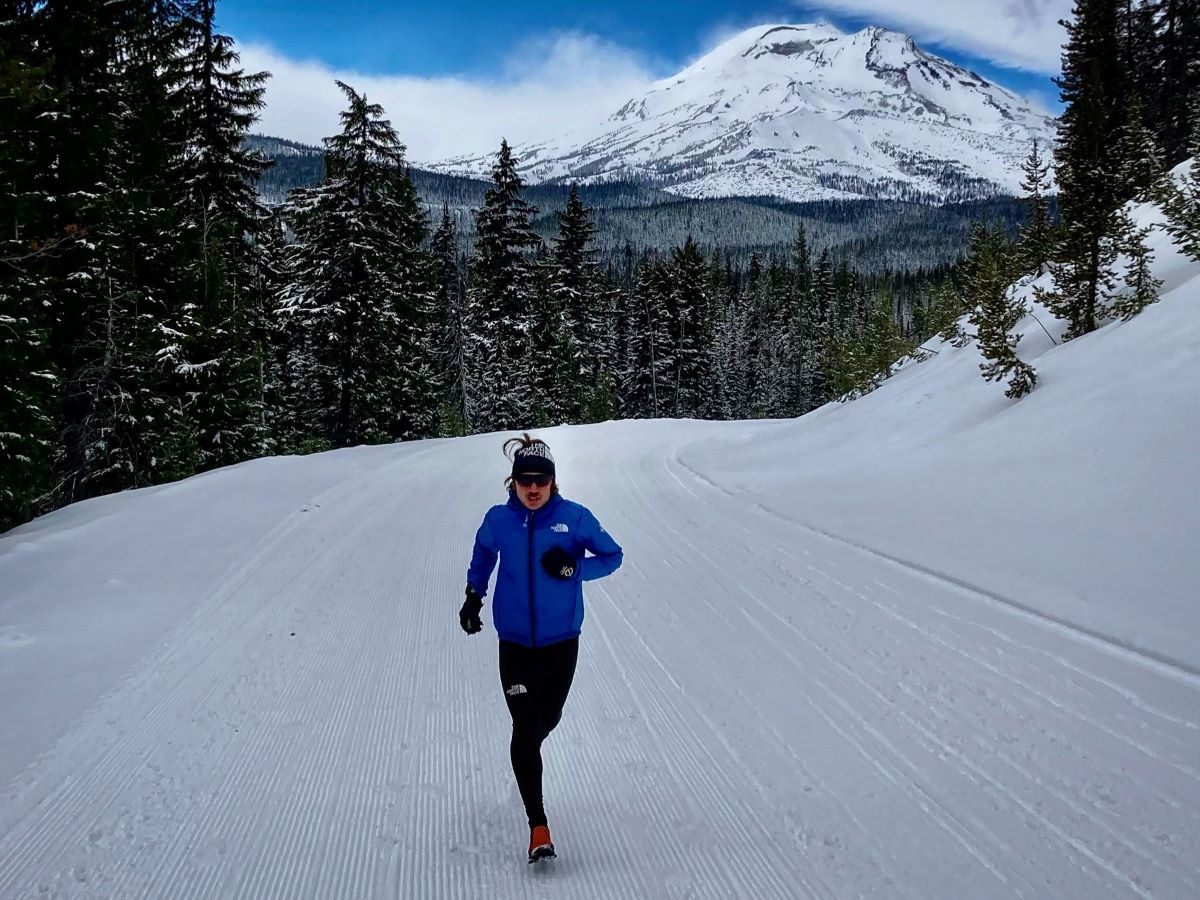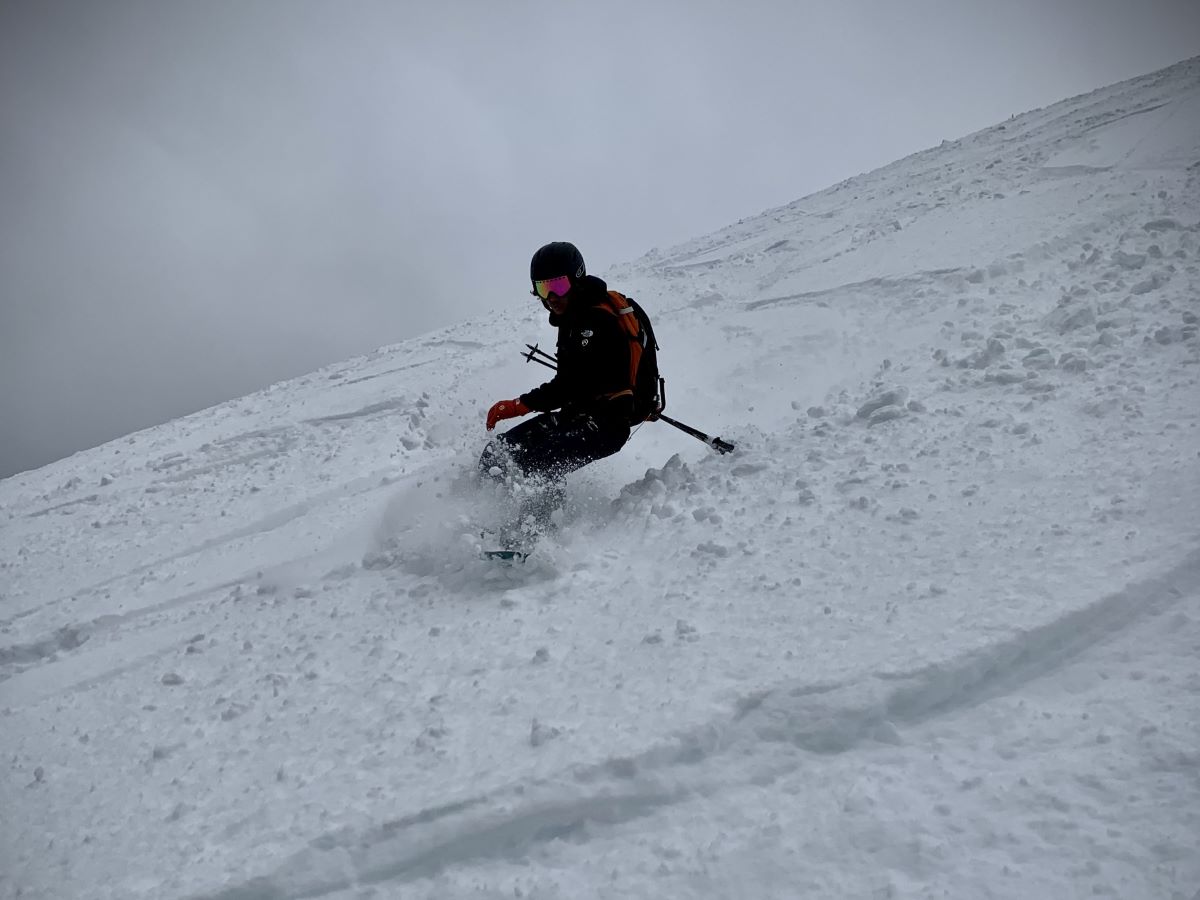Just the other day, I was traveling home to visit family for the holidays. While waiting out a long layover in the Phoenix, Arizona, airport, I walked into a restaurant to grab a bite to eat. It was getting late, so the menu was limited, but they kindly cleared out a spot at a high top and I took a seat.
As is often the case these days, the ordering was to be done via a quick response (QR) code. I took out my phone and easily placed my order. Soon after I did so, a man sat down kitty-corner to me. When told that he had to order via the QR code, he started to grumble.
I tried to help, asking him if he had used a QR code before. He wasn’t in the dark; he said he had learned just the week prior. Still, I could tell that he wasn’t enthused. With the help of the woman sitting next to me, he stumbled his way through the website and placed his order.
Change is hard, is what I thought to myself as I stood witness to his disgruntled demeanor. I think nearly all humans can relate. We’ve all been there. We experience it in both simple and complex ways. We go to an unfamiliar grocery store and spend twice as long shopping because we aren’t familiar with the layout. We get a new job and spend weeks, maybe even months feeling inefficient, unsure, and at times, useless. We start learning a new sport and feel like a fish trying to swim upstream in a dry creek bed.
It happens all the time. And it happened to this random guy at the airport. He probably spent nearly his entire life ordering food and drink from actual human beings. But there he was in the year 2022 trying to figure out how to do so on his phone.
Change is inevitable. Some handle it better, others worse. Maybe you are okay with QR codes, but chances are you aren’t unfamiliar with the struggle of change. If you are a runner, you may be experiencing it right now. Perhaps it’s called winter.
Personally, I think winter is great. In fact, I’d say it’s one of my favorite seasons. But for many, winter is a big change, and a difficult one at that. Shorter days, colder temperatures, snow, and ice are a few of the things that can make winter a challenging time for runners.
And yet, all of these things can be addressed. There are headlamps for the dark, layers for the cold, and traction for the snow and ice. But, even with these things, winter can still be hard. Why is this?
I think one reason is that, in general, runners love to compare. We compare today’s effort to yesterday’s and last week’s, even last year’s. We compare our own achievements to those of our friends. Heck, we even compare ourselves to strangers on the internet.
But winter makes it hard to compare. Actually, I take that back. Winter doesn’t make it hard to compare. We can compare winter runs in snow, ice, and gale force winds to summer runs in 70 degrees Fahrenheit and zero wind, and then spiral into a dark winter depression because the numbers suggest that our fitness has taken a dire turn for the worse. Any logical person would see right through this irrational thinking, but the angel of rationality rarely sits upon our shoulder as we pore over the copious amounts of data logged on our GPS running watches and uploaded to the almighty world of Strava.
Even if we have enough common sense not to compare winter to summer, or any other non-winter season, it can still be hard. This is because winter conditions change so much day to day, even hour to hour. In the morning, a trail may be hardpacked and frozen, by the afternoon it can be soft and sloppy, and by nightfall — a sheet of ice. The next day, it may have several inches of fresh snow.
Even winter-specific cross-training activities are plagued by the same thing. Nordic skiing conditions vary greatly as moisture content, snow temperatures, and grooming conditions change. In the world of ski mountaineering, skin tracks improve and degrade, and then disappear altogether as new snow falls. When you think about it, the level of variability is astounding.
With so much change, it can be difficult to get a good gauge of one’s fitness. For some, this can lead to a lack of motivation. But it doesn’t have to. The beauty of winter is that it can free us of the comparison trap. Sure, if we insist on constantly trying to compare amid ever-changing conditions, we just might go insane, but if we realize the futility in this, we can let go and embrace the change.
So, how do we do this? We do it by focusing on two very simple variables: effort and time. Never mind the mileage, the vert, the pace, or the million other stats tracked by the computer on your wrist. There are plenty of other months to keep track of those things, and even then it is debatable how useful it is to do so.
Should they have value to you in the winter, feel free to use them, but don’t get trapped by them. Keep it simple: Effort. Time. That’s it, it’s simple, it’s easy. It gets you out the door without too much pressure. It translates from one winter activity to the next. And, when done honestly and consistently, it gets you fit.
Like the man in the airport, embracing change can be hard, but just because it’s hard doesn’t mean it’s bad. I’m not here to tell you whether or not QR codes are good for our future. What I am here to say is that winter is a great time to embrace change, not fight it. The winter deck is stacked differently. Have fun and play it wisely!
Call for Comments
- Do you enjoy winter training? Or do you feel the temptation to hibernate?!
- Do you train off time and effort? Or do you use other metrics?



